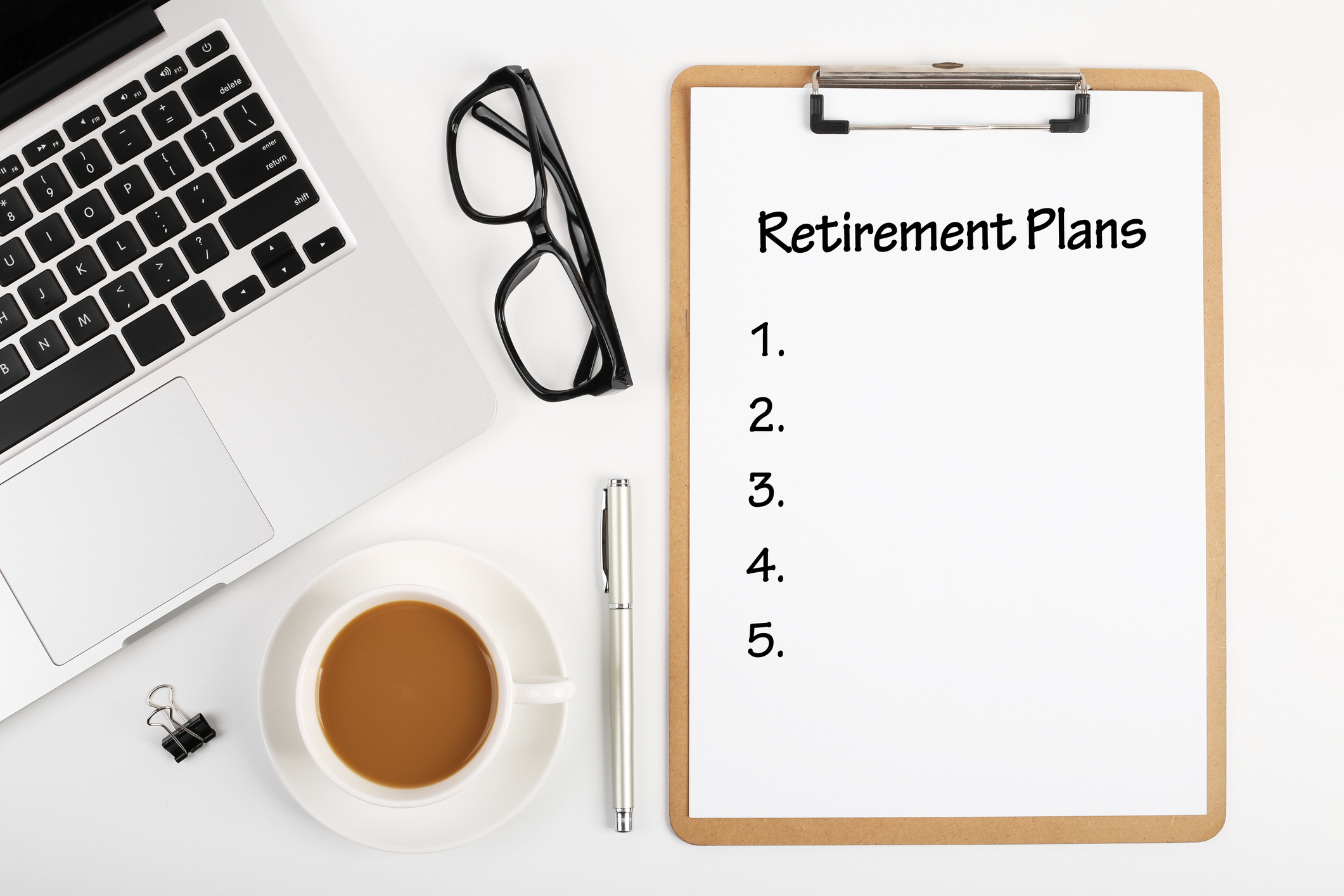Learning to Live Without a Paycheck
There’s a lot of evidence that retirees may be worrying too much about preserving their money.


One retirement truism I can personally vouch for is that once you give up the security of a steady paycheck, you’re exposed to a host of uncertainties: interest rate moves, stock market corrections and tax changes, to name a few. To hedge against things that are out of my control, I’ve elected to wait till age 70 to collect Social Security benefits as well as to take my pension as an annuity rather than a lump sum, both of which will maximize my regular income.
The latter is a popular strategy among Kiplinger’s readers. “I totally underestimated the value of a guaranteed income stream,” writes Bill Kleine. To create one for himself, Kleine converted a lump-sum payout from a former employer into a simple fixed annuity. Another reader converted a whole life insurance policy into a fixed annuity. (For more on this and other income ideas, see Make Your Money Last Through Retirement.)
To protect against potentially higher future tax rates, Dennis Kelly is withdrawing more than his required minimum distributions to take advantage of today’s relatively low rates. David and Janet Dennison are making charitable contributions from their pretax accounts to reduce the amount they’ll be required to take in RMDs when they turn 70½, which will also cut their tax bill.
From just $107.88 $24.99 for Kiplinger Personal Finance
Become a smarter, better informed investor. Subscribe from just $107.88 $24.99, plus get up to 4 Special Issues

Sign up for Kiplinger’s Free Newsletters
Profit and prosper with the best of expert advice on investing, taxes, retirement, personal finance and more - straight to your e-mail.
Profit and prosper with the best of expert advice - straight to your e-mail.
When the stock market hit bottom in 2009, Mike Hagedorn began putting $1,000 a month into a bank CD, later upping that to $2,000. Now he’s sitting on a six-figure cushion to protect against market downturns.
Too frugal? To preserve his savings, Del Richter is planning to use an ultraconservative 2% annual withdrawal rate instead of the traditional 4% benchmark. But Richter may be playing it too safe. Wes Moss, a certified financial planner (CFP) in Atlanta, recently took an updated look at the 4% rule and found that it’s still valid. In 70% of Moss’s scenarios, retirement funds lasted 50 years or more, and in the worst-case scenario, the money ran out in 29 years.
In fact, there’s a lot of evidence that retirees may be worrying too much about preserving their money. A recent study by the Employee Benefit Research Institute found that people are reluctant to dip into their assets, often spending down significantly less than half of their savings within the first two decades of retirement—and sometimes even increasing their nest egg (see Retirees, Go Ahead and Spend a Little More).
One reason is that retirees are self-insuring against potentially catastrophic expenses. Nevertheless, says EBRI CEO Lori Lucas, “they’re living sub-optimally, not spending money even though they could be.”
How to overcome their fear? Sometimes the solution is to put into place a financial plan “that gives you permission to spend,” says Brian Sykes, a CFP in Blue Bell, Pa. Sykes also recommends maintaining separate accounts for things such as basic bill-paying, travel and investment.
But frequently the spending barrier is mostly psychological. For years you’ve been saving regularly, and now you have to create a new habit by training yourself to do what doesn’t come naturally, says financial therapist Olivia Mellan. Her advice: “Practice spending your money, and reward yourself for the experience.”
Readers Bill and Betty Smith had been reinvesting RMDs in stock mutual funds, but this year they decided to have the money sent to a checking account instead “to motivate us to travel more,” says Bill. Paying for a family Mediterranean cruise was “a wonderful perk for those years of frugality.”
Kathy Comfort’s spending rewards are smaller but no less satisfying. She has created what she calls her wow bucket, which holds about two dozen slips of paper on which she has written “things that bring joy to my life”—everything from fresh flowers to a new pair of leather boots. Every two weeks, she pulls out a slip and buys what’s written on it. Says Comfort, “It gives me permission to treat myself.”
Profit and prosper with the best of Kiplinger's advice on investing, taxes, retirement, personal finance and much more. Delivered daily. Enter your email in the box and click Sign Me Up.

Janet Bodnar is editor-at-large of Kiplinger's Personal Finance, a position she assumed after retiring as editor of the magazine after eight years at the helm. She is a nationally recognized expert on the subjects of women and money, children's and family finances, and financial literacy. She is the author of two books, Money Smart Women and Raising Money Smart Kids. As editor-at-large, she writes two popular columns for Kiplinger, "Money Smart Women" and "Living in Retirement." Bodnar is a graduate of St. Bonaventure University and is a member of its Board of Trustees. She received her master's degree from Columbia University, where she was also a Knight-Bagehot Fellow in Business and Economics Journalism.
-
 Nasdaq Takes a Hit as the Tech Trade Falters: Stock Market Today
Nasdaq Takes a Hit as the Tech Trade Falters: Stock Market TodayThe Dow Jones Industrial Average outperformed on strength in cyclical stocks.
-
 $100 Fee Turning Away Visitors from National Parks
$100 Fee Turning Away Visitors from National ParksDiscover how the new $100 fee will impact your experience visiting 11 of America's most popular parks.
-
 Is Mechanical Breakdown Insurance Better Than an Extended Car Warranty?
Is Mechanical Breakdown Insurance Better Than an Extended Car Warranty?More insurers are starting to offer mechanical breakdown insurance to new car owners. What is it and should you buy it?
-
 States That Tax Social Security Benefits in 2026
States That Tax Social Security Benefits in 2026Retirement Tax Not all retirees who live in states that tax Social Security benefits have to pay state income taxes. Will your benefits be taxed?
-
 Retirees in These 7 States Could Pay Less Property Taxes Next Year
Retirees in These 7 States Could Pay Less Property Taxes Next YearState Taxes Retirement property tax bills could be up to 65% cheaper for some older adults in 2026. Do you qualify?
-
 6 Tax Reasons to Convert Your IRA to a Roth (and When You Shouldn't)
6 Tax Reasons to Convert Your IRA to a Roth (and When You Shouldn't)Retirement Taxes Here’s how converting your traditional retirement account to a Roth IRA can boost your nest egg — but avoid these costly scenarios.
-
 10 Retirement Tax Plan Moves to Make Before December 31
10 Retirement Tax Plan Moves to Make Before December 31Retirement Taxes Proactively reviewing your health coverage, RMDs and IRAs can lower retirement taxes in 2025 and 2026. Here’s how.
-
 The Rubber Duck Rule of Retirement Tax Planning
The Rubber Duck Rule of Retirement Tax PlanningRetirement Taxes How can you identify gaps and hidden assumptions in your tax plan for retirement? The solution may be stranger than you think.
-
 The Most Tax-Friendly State for Retirement in 2025: Here It Is
The Most Tax-Friendly State for Retirement in 2025: Here It IsRetirement Tax How do you retire ‘tax-free’? This state doesn’t tax retirement income, has a low median property tax bill, and even offers savings on gas. Are you ready for a move?
-
 ‘I Play Pickleball in Retirement.’ Is It HSA-Eligible?
‘I Play Pickleball in Retirement.’ Is It HSA-Eligible?Retirement Tax Staying active after you retire may be easier with these HSA expenses. But there’s a big catch.
-
 Retire in the Bahamas With These Three Tax Benefits
Retire in the Bahamas With These Three Tax BenefitsRetirement Taxes Retirement in the Bahamas may be worth considering for high-net-worth individuals who hate paying taxes on income and capital gains.